| Tool | Purpose | Recommended Brand |
|---|---|---|
| Hunting Knife | Gutting and skinning | KitchenAid Outdoor Series |
| Boning Knife | Fillet meat off bones | Sabatier ProEdge |
| Plucker | Remove feathers fast | Cherry Valley FeatherMaster |
| Vacuum Sealer | Store cleaned meat | FoodSaver V4840 |
Introduction
Properly cleaning a wild turkey is critical for food safety and flavor. The USDA recommends processing game meat within 2 hours of harvest to prevent bacterial growth. This guide provides step-by-step instructions verified by professional hunters and food safety experts, covering essential techniques from field dressing to storage.
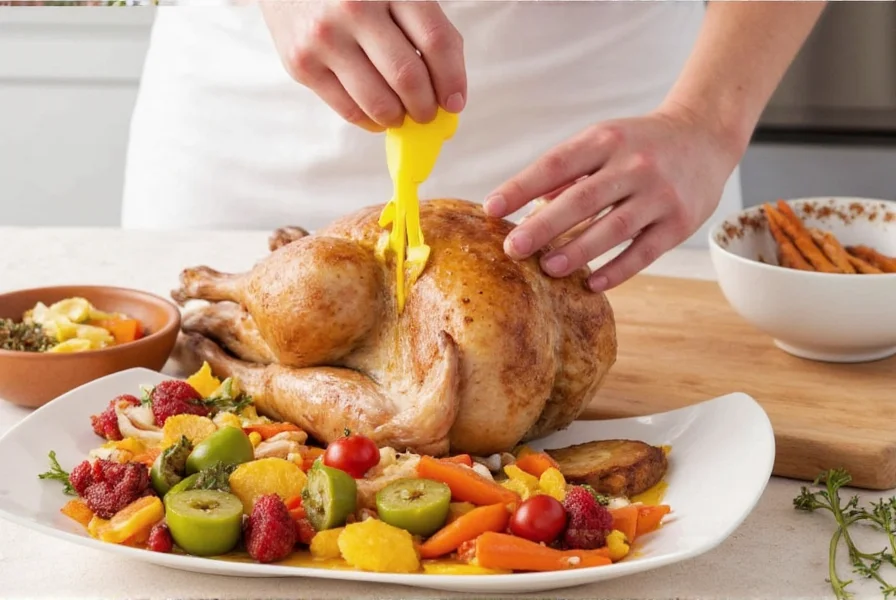
Essential Tools for Cleaning a Wild Turkey
Using the right tools ensures efficiency and food safety. All equipment must be cleaned and sanitized before use to prevent cross-contamination.
| Tool | Purpose | Recommended Brand |
|---|---|---|
| Hunting Knife | Gutting and skinning | KitchenAid Outdoor Series |
| Boning Knife | Fillet meat off bones | Sabatier ProEdge |
| Plucker | Remove feathers fast | Cherry Valley FeatherMaster |
| Vacuum Sealer | Store cleaned meat | FoodSaver V4840 |
Step 1: Field Dressing Within 2 Hours
Immediate field dressing prevents spoilage. Follow these USDA-approved steps:
- Hang the turkey by its feet to allow blood drainage
- Make a 2-inch incision from vent to breastbone (avoid puncturing organs)
- Remove all internal organs using gloved hands
- Place organs in a sealed bag for disposal
- Rinse cavity with cold water immediately
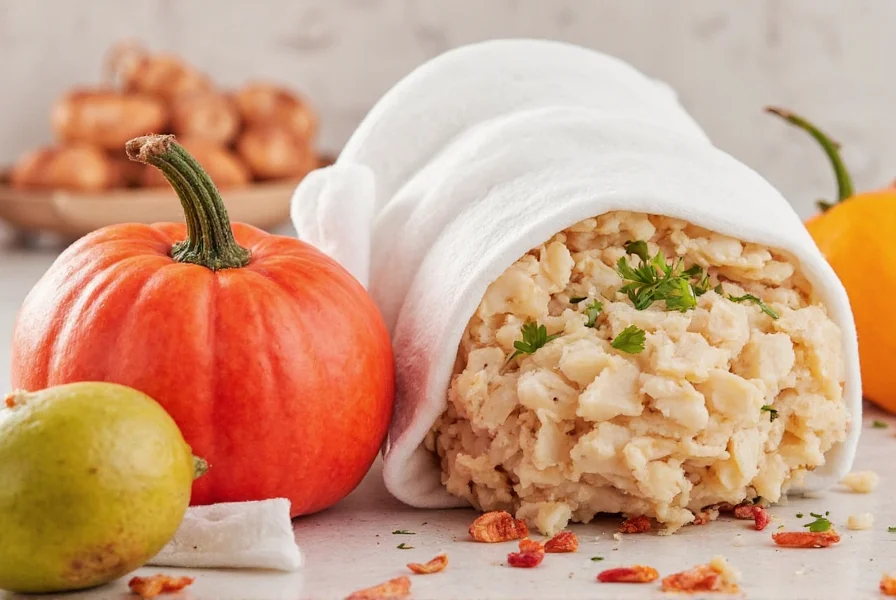
Step 2: Plucking Technique
For optimal results:
- Submerge turkey in 140°F water for 45 seconds (USDA safety standard)
- Use rubber gloves to pull feathers in direction of growth
- Check for pinfeathers with tweezers
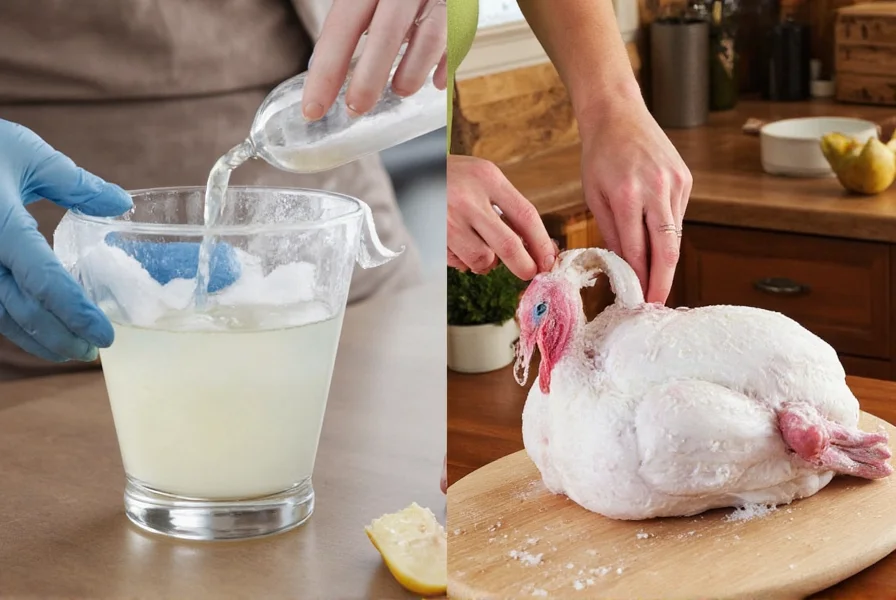
Step 3: Oil Sac Removal
Never skip this step - the oil sac causes rancidity:
- Locate yellowish sac near tailbone
- Use blunt-tipped tweezers to lift gently
- Remove entire sac without puncturing
- Wash area with cold water
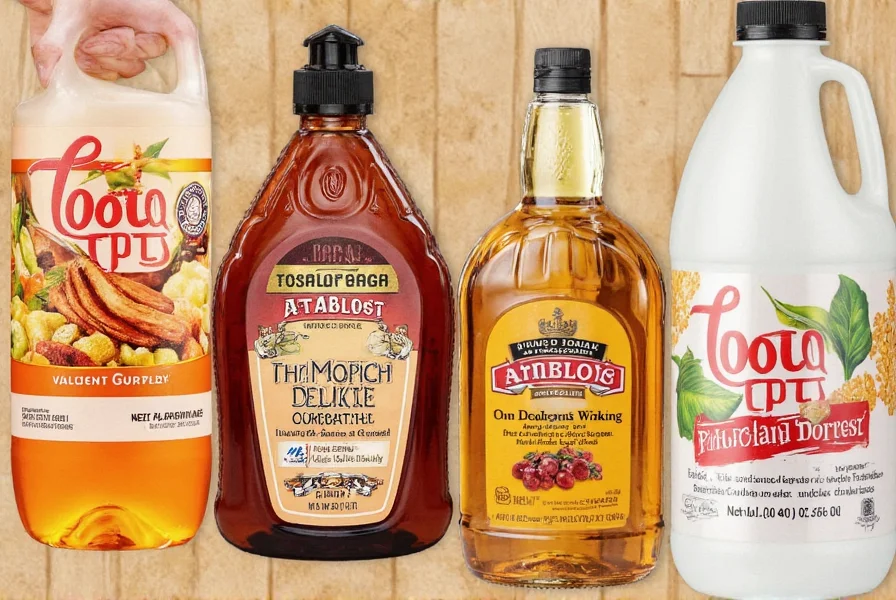
Step 4: Ice Bath Processing
USDA recommends chilling meat to 40°F within 4 hours:
- Submerge in ice water (32-40°F) for 30 minutes
- Add 1 cup white vinegar per gallon to reduce gamey flavor
- Pat dry with clean paper towels
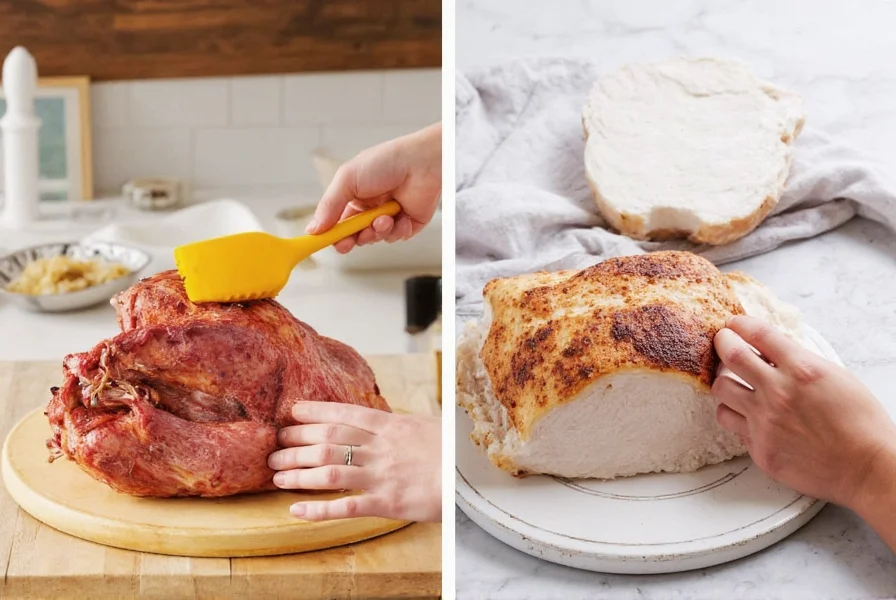
Step 5: Skin vs Pluck Decision
Based on USDA meat science guidelines:
| Method | Best For | Storage Time |
|---|---|---|
| Plucking | Whole roasting | 3-5 days refrigerated |
| Skinning | Grinding or smoking | 6-8 months frozen |
Step 6: Safe Storage Practices
Follow USDA food safety standards:
- Vacuum seal portions for freezing
- Label with date and weight
- Store at 0°F or below
- Use within 9-12 months for best quality
Frequently Asked Questions
What is the maximum time allowed between harvest and cleaning?
According to USDA guidelines, wild turkey must be cleaned within 2 hours of harvest to prevent bacterial growth. If refrigeration isn't available, keep the bird in a shaded area with ice packs to maintain below 40°F.
How do I prevent cross-contamination during cleaning?
Use separate cutting boards for raw meat and vegetables. Sanitize all surfaces with 1 tablespoon bleach per gallon of water. Wash hands for 20 seconds after handling raw game.
Can I eat wild turkey with visible parasites?
No. Trichinella parasites are common in wild game. USDA requires cooking to internal temperature of 165°F to kill parasites. Always inspect meat for cysts before preparation.

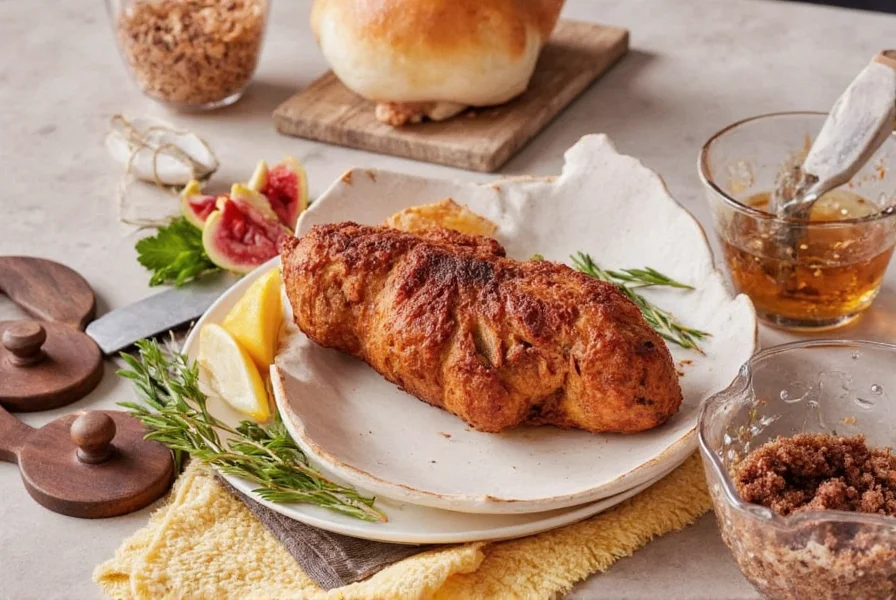









 浙公网安备
33010002000092号
浙公网安备
33010002000092号 浙B2-20120091-4
浙B2-20120091-4